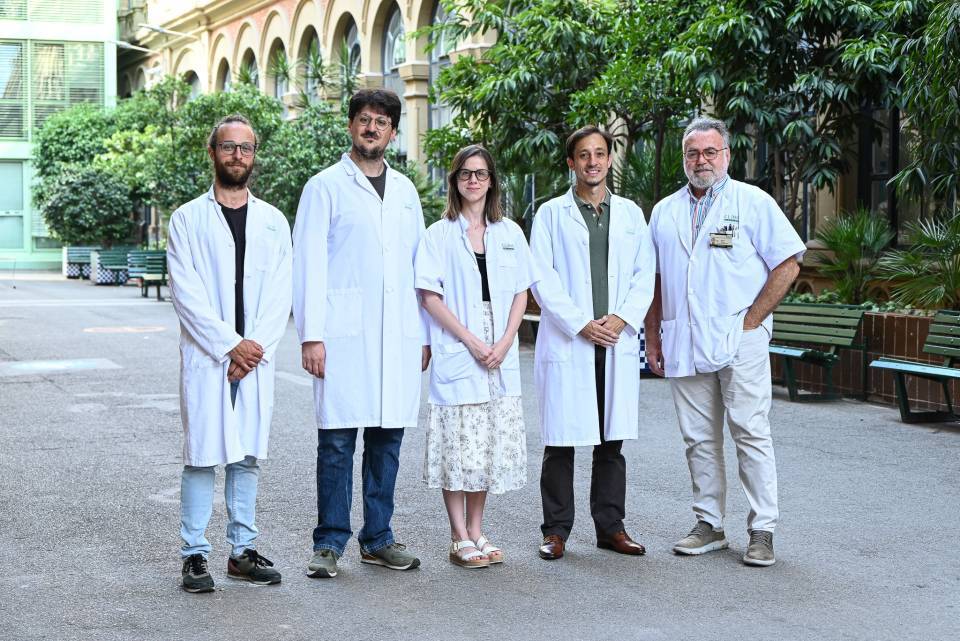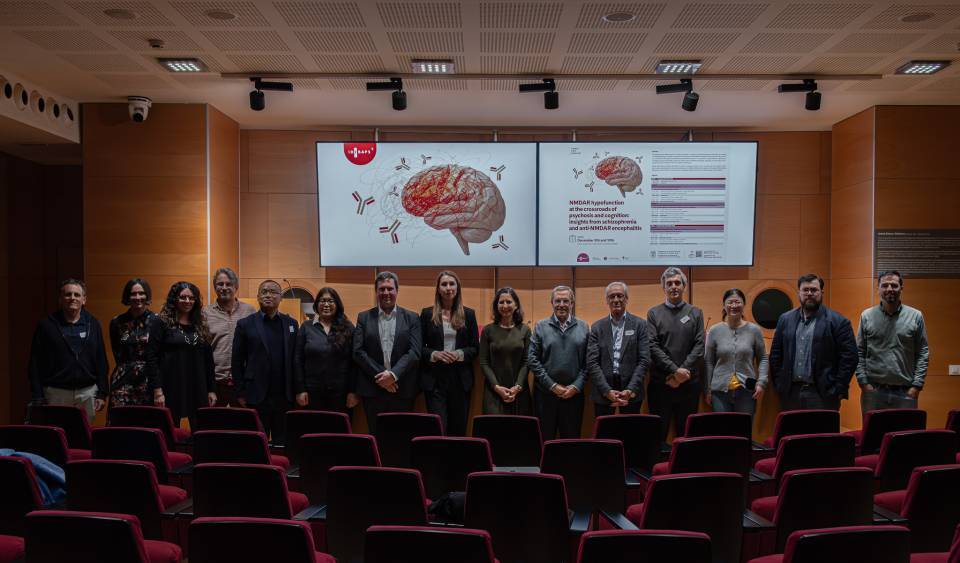The research, published in the journal Biological Psychiatry, provides a new tool to better understand the neuroanatomical basis of mental disorders and to advance towards better diagnosis and treatment for those affected.
The vast majority of studies carried out to date that analysed the differences in grey matter between people with mental disorders and healthy individuals were often distorted by the presence of multiple disorders at the same time. This phenomenon, known as comorbidity, is very common: it is estimated that half of people with a mental health diagnosis meet criteria for at least one other disorder simultaneously.
With the aim of overcoming this limitation, the research team created a new technique for three-dimensional meta-analysis of brain images that takes into account the different concurrent disorders simultaneously. The analysis, which combined data from 433 published studies, included data from almost 20,000 patients and over 16,000 healthy controls. The study looked at disorders such as anorexia nervosa, schizophrenia, anxiety, bipolar disorder, major depression, obsessive-compulsive disorder, post-traumatic stress disorder, attention deficit hyperactivity disorder (ADHD), autism, and borderline personality disorder.
“With this new approach, we have been able to detect more specific and differentiated patterns for each disorder, something which was not possible with traditional methods", explains Joaquim Raduà, group leader at IDIBAPS, professor of neuroscience at the UB, member of CIBERSAM and leader of the project. “This validates the value of our method in better understanding the correlates of these conditions in the brain."
This new brain atlas constitutes the first large-scale mapping of the specific and transdiagnostic alterations of the grey matter associated with psychiatric disorders.
The study involved the participation of more than 40 researchers from leading research centres and hospitals in Europe, North America and Asia, including institutions such as King’s College London, Karolinska Institutet, University of California and the Beijing Normal University.
"Having this atlas can help design more accurate diagnostic tools and opens the door to a future with more personalised interventions aimed at specific brain regions," says Lydia Fortea, IDIBAPS researcher and first-named author of the study.




